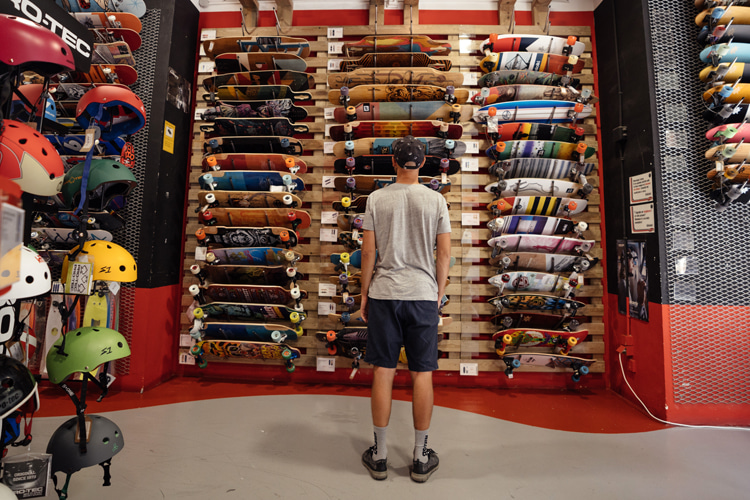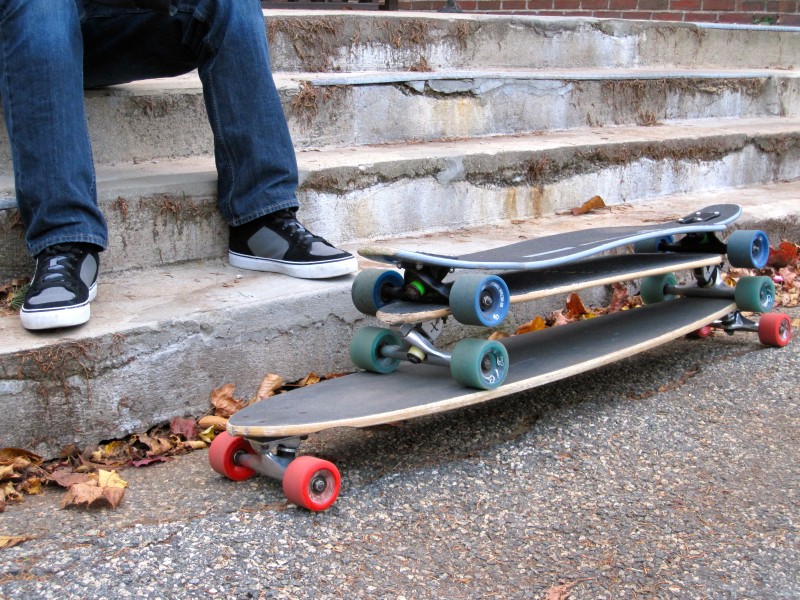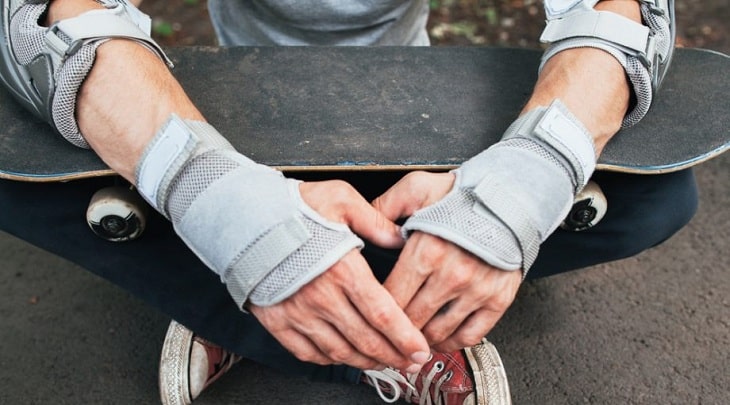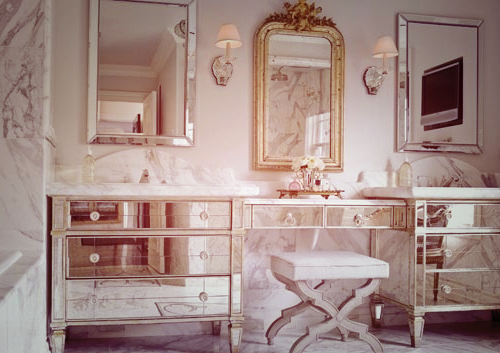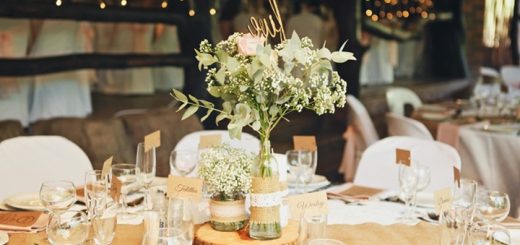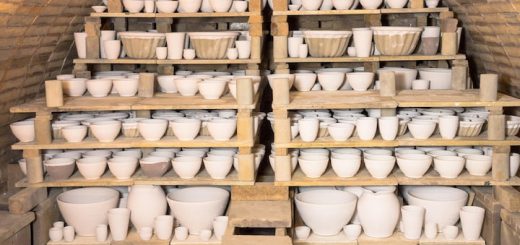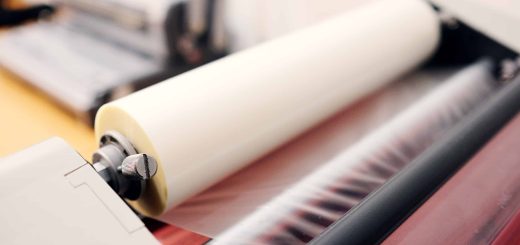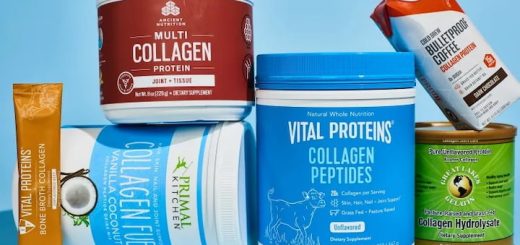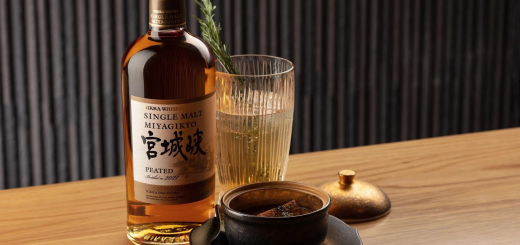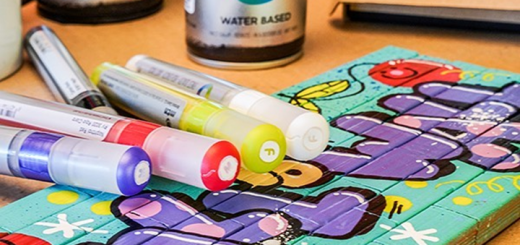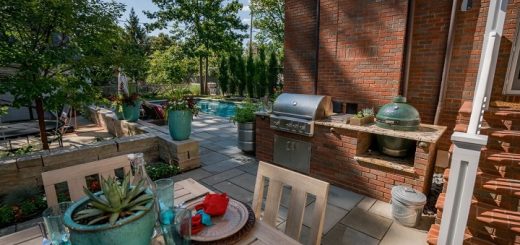Beginner’s Guide on Choosing the Best Skateboard
Skateboarding is an iconic street sport loved by many. Some people get into it to impress others with their pro-kick-flips or ramp tricks, while others simply use the skateboard as a means for transportation. Whichever the case – this popular street sport is fun, enjoyable and it expands your social circle.
If you haven’t had any experience with skateboarding, getting started will be challenging. This sport takes a lot of practice and caution to avoid serious injuries. It’s good to follow a beginners’ guide or check out a few helpful YouTube videos before you venture off to the skatepark. Besides being physically ready, you have to have the proper equipment with you. This involves protective gear and the skateboard that’s right for you.
Complete vs Custom-Built Skateboard
Choosing the right skateboard is the first step on your journey. Today you can find countless manufacturers offering different types of boards, but not all of them will provide you with the experience you’re looking for. To get started, you can either choose to buy a fully built skateboard or purchase the skateboard components and built it yourself, but which skateboard is best for beginners?
While more advanced skaters prefer to customise their boards for different purposes, beginners should buy complete skateboards. These are more cost-efficient compared to custom-built skateboards and have several advantages over them. The completes, as people often call them, are pre-assembled with high-quality parts. Once your board arrives, you’re ready to go out and skate. These skateboards have premium decks made from maple wood that offer durability and stability when you skate. They have urethane wheels that are hard and flexible. Urethane wheels are resistant to abrasion, harsh chemicals and solvents. They have the ability to withstand extreme weather conditions. If you want to spice up your board’s aesthetic, you can find them in vivid colourful designs and patterns.
Assembling your own board is not only more costly than opting for a complete skateboard, but it also puts you at risk of getting all the wrong parts. Not all parts and materials are created equal. Buying your own skateboard parts can result in getting components that are incompatible with each other or low quality. Using a badly built board makes your experience less fun and can lead to serious injuries.To avoid any complications that come with custom-built boards, it’s best to buy complete skateboards.
Classic Skateboard vs Longboard
When it comes to choosing your means for skateboarding, it’s good to mention the two most popular options – the classic skateboard and the longboard. To the untrained eye, they look quite similar, but if you take a closer look, you will notice a few key differences.
- The first difference is in shape and size. Longboards are usually much longer. Their length ranges from 80 – 150 cm, while skateboards range from 70 – 80 cm. Longboards are usually around 20 – 25 cm wide, while the width of skateboards is around 17 – 25 cm.
- Their construction is also different. Longboards have more flexible trucks, which makes them smoother and more comfortable for longer rides. They also have bigger and softer wheels which makes them move faster on different kinds of surfaces. Skateboards, on the other hand, have smaller wheels, which makes them more convenient for doing tricks.
- Last, but not least, skaters use different types of boards for different purposes. Traditional skateboards are lighter in weight, which makes them ideal for ramps, tight turns and doing different kinds of tricks. On the other hand, longboards are better suited for transportation. Riders often use them for going cross-country and downhill.
Always Wear Protective Gear
Skateboarding is cool, but there’s nothing cool about going to the skatepark without protective gear. Injuries happen often, especially if you’re a beginner. Having suitable protection will help you avoid serious injuries so you can keep on learning and improving your tricks. The essential protective gear consists of:
- A well-fitting helmet.
- Wrist guards to protect your wrists from falls.
- Knee pads and elbow pads.
- Shoes with a closed toe and anti-slip soles.
- Goggles or shatterproof glasses.
Helmets are the most important part of the protective gear for skateboarding because they protect the most important part of your body. To choose the right one, make sure it has these three essential components:
- A hard-shell exterior.
- EPS foam liners – This layer is lightweight and consists of hard foam that offers superior protection.
- Comfort liners – These create soft padding inside the foam liner. They adjust to your head for proper fit and comfort and have moisture-wicking properties to keep the sweat out of your face.
Skateboarding Advice for Beginners
People learn at different rates, whether it’s at school, at work or generally throughout life. Skateboarding is no exception. Some people take months to master even the basic moves, while others can confidently perform them after a few days. Here are a few tips you can follow to make skateboarding a more pleasant experience for you:
- Wear thick socks to protect your ankles.
- Get the right skate shoes. Choose shoes that are stylish, comfortable and won’t wear out easily.
- Don’t skate in the rain. Slippery surfaces make you prone to accidents.
- Get comfortable on your skateboard. Start small and spend some time riding around before attempting to do tricks.
- Don’t try to impress others. I’m sure you want to start doing kick-flips as soon as possible, but take your time and master the basics first, such as ollies, nollies, nose stalls and basic jumps.
